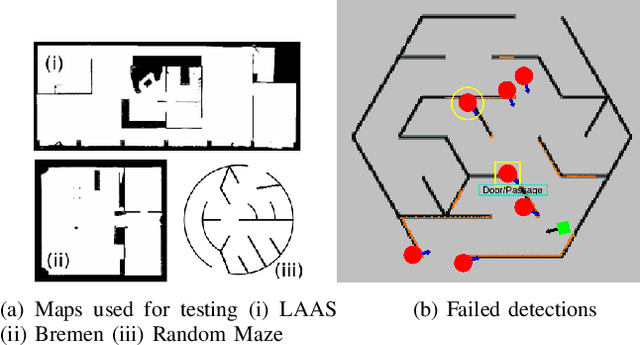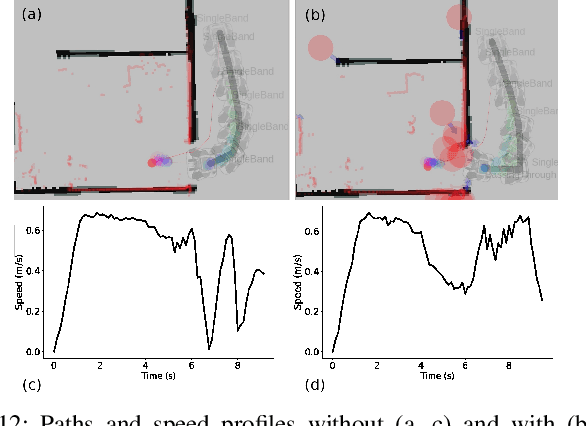Phani Teja Singamaneni
LAAS-CNRS, Universite de Toulouse
A Survey on Socially Aware Robot Navigation: Taxonomy and Future Challenges
Nov 18, 2023Abstract:Socially aware robot navigation is gaining popularity with the increase in delivery and assistive robots. The research is further fueled by a need for socially aware navigation skills in autonomous vehicles to move safely and appropriately in spaces shared with humans. Although most of these are ground robots, drones are also entering the field. In this paper, we present a literature survey of the works on socially aware robot navigation in the past 10 years. We propose four different faceted taxonomies to navigate the literature and examine the field from four different perspectives. Through the taxonomic review, we discuss the current research directions and the extending scope of applications in various domains. Further, we put forward a list of current research opportunities and present a discussion on possible future challenges that are likely to emerge in the field.
Principles and Guidelines for Evaluating Social Robot Navigation Algorithms
Jun 29, 2023



Abstract:A major challenge to deploying robots widely is navigation in human-populated environments, commonly referred to as social robot navigation. While the field of social navigation has advanced tremendously in recent years, the fair evaluation of algorithms that tackle social navigation remains hard because it involves not just robotic agents moving in static environments but also dynamic human agents and their perceptions of the appropriateness of robot behavior. In contrast, clear, repeatable, and accessible benchmarks have accelerated progress in fields like computer vision, natural language processing and traditional robot navigation by enabling researchers to fairly compare algorithms, revealing limitations of existing solutions and illuminating promising new directions. We believe the same approach can benefit social navigation. In this paper, we pave the road towards common, widely accessible, and repeatable benchmarking criteria to evaluate social robot navigation. Our contributions include (a) a definition of a socially navigating robot as one that respects the principles of safety, comfort, legibility, politeness, social competency, agent understanding, proactivity, and responsiveness to context, (b) guidelines for the use of metrics, development of scenarios, benchmarks, datasets, and simulators to evaluate social navigation, and (c) a design of a social navigation metrics framework to make it easier to compare results from different simulators, robots and datasets.
Watch out! There may be a Human. Addressing Invisible Humans in Social Navigation
Nov 22, 2022



Abstract:Current approaches in human-aware or social robot navigation address the humans that are visible to the robot. However, it is also important to address the possible emergences of humans to avoid shocks or surprises to humans and erratic behavior of the robot planner. In this paper, we propose a novel approach to detect and address these human emergences called `invisible humans'. We determine the places from which a human, currently not visible to the robot, can appear suddenly and then adapt the path and speed of the robot with the anticipation of potential collisions. This is done while still considering and adapting humans present in the robot's field of view. We also show how this detection can be exploited to identify and address the doorways or narrow passages. Finally, the effectiveness of the proposed methodology is shown through several simulated and real-world experiments.
 Add to Chrome
Add to Chrome Add to Firefox
Add to Firefox Add to Edge
Add to Edge